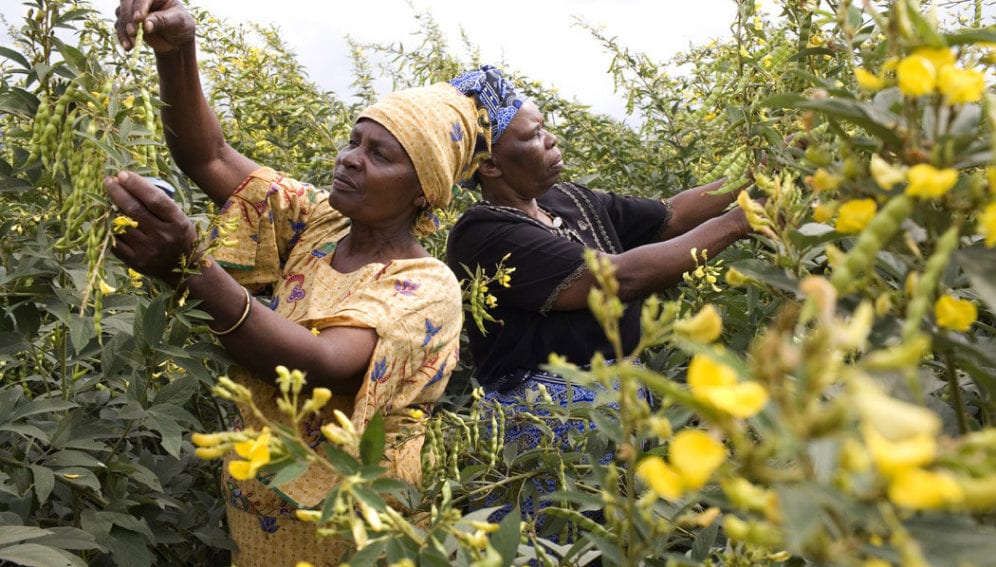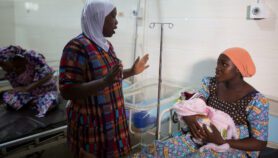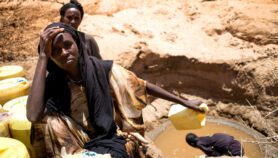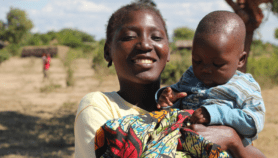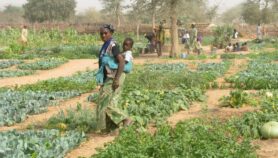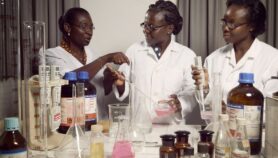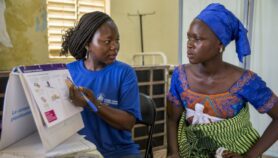By: Gilbert Nakweya
Send to a friend
The details you provide on this page will not be used to send unsolicited email, and will not be sold to a 3rd party. See privacy policy.
[NAIROBI] African research institutes need to provide policymakers with better evidence on what works to close the large gap in agricultural production between men and women, says a report.
The joint report published by the World Bank and US-headquartered ONE Campaign aims at providing policymakers and researchers with an assessment of Africa’s gender gap in agriculture and to address the challenge.
The researchers used a statistical technique called decomposition analysis to evaluate datasets from the World Bank’s Living Standards Measurement Study —Integrated Surveys on Agriculture initiative to document the drivers of gender gap in agriculture for six African countries: Ethiopia, Malawi, Niger, Nigeria, Tanzania and Uganda.
“We ignore the gender gap in agriculture at our peril, as this ground-breaking report reminds us.”
Wanjiru Kamau-Rutenberg, African Women in Agricultural Research and Development (AWARD).
Michael O’Sullivan, the report’s lead author and an economist at the World Bank’s Gender Innovation Lab, highlighted key findings this month (7 July) as the first entry of his outfit’s new blog series highlighting big ideas for Africa.
The study found that even when men and women use the same amount of fertiliser on a given hectare of land, the results are not always equal — men tend to enjoy higher yields from fertiliser use than women.
“A simple comparison of average male and female productivity shows that the gaps range from a low of 13 per cent in Uganda to a high of 25 per cent in Malawi,” the report, which was released in March this year, adds. “When comparing women and men with similar-sized plots in a similar context, the gender gaps range from 23 per cent in Tanzania to a strikingly large 66 per cent in Niger.”
Women face challenges in mobilising enough effective farm labour for their plots, accessing adequate inorganic fertilisers and getting the most out of the fertiliser and other farm inputs, while juggling multiple household and child bearing responsibilities that may impinge on their productivity.
O’Sullivan adds that such factors are the key drivers of gender gaps in Africa’s agricultural production.
“We ignore the gender gap in agriculture at our peril, as this ground-breaking report reminds us,” cautions Wanjiru Kamau-Rutenberg, the director of African Women in Agricultural Research and Development. She says women have not had a significant voice in setting policies and priorities for the agricultural sector, adding:
“Cultivating a new generation of leaders in food and agriculture is critically important, especially if Africa is to feed double its current population by 2050”.
Songporne Tongruksawattana, a climate economist from the International Maize and Wheat Improvement Centre (CIMMYT), Kenya, says agricultural policy in many African countries does not recognise the different needs of male and female farmers.
“To reduce the gender gap and increase overall economic growth, agricultural policy should be designed based on gender-disaggregated data and gender-responsive research. Policymakers should also facilitate market, social and institutional support to create an enabling environment for female farmers.”
Link to report
This article has been produced by SciDev.Net's Sub-Saharan Africa desk.


